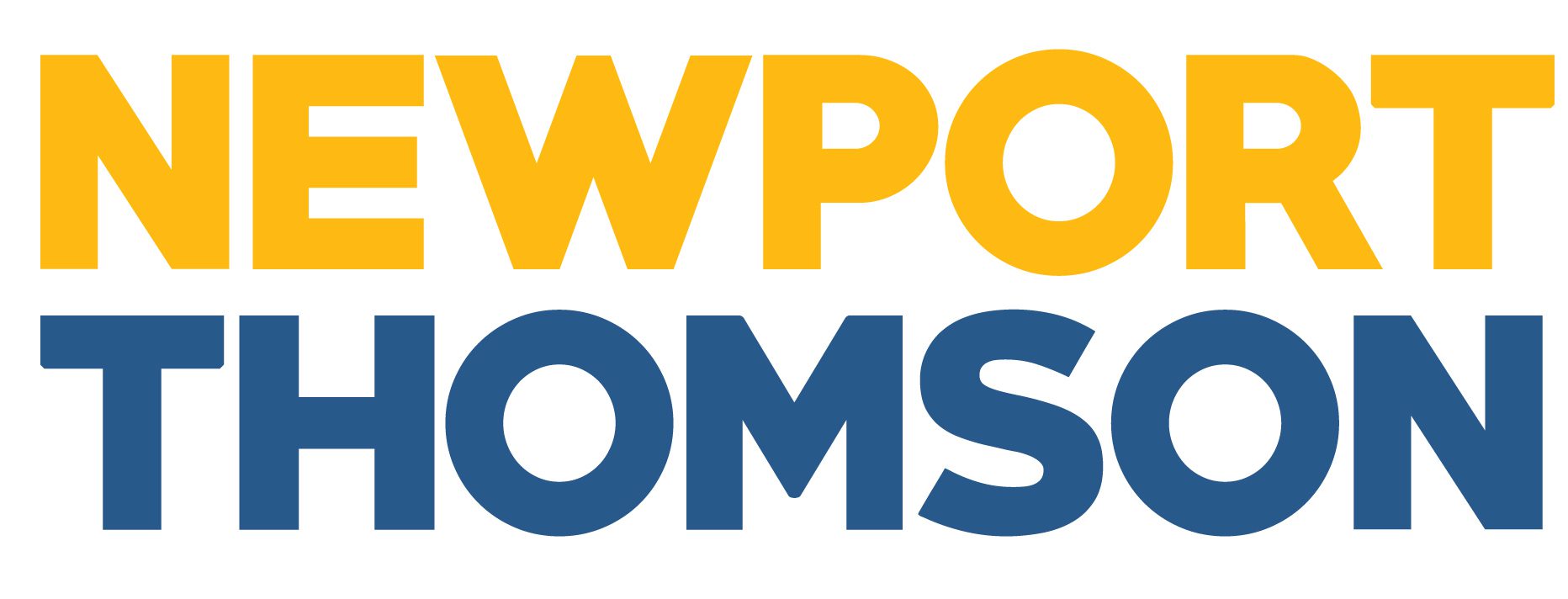Artificial Intelligence (AI) has the potential to revolutionize various aspects of our lives, from healthcare to education. However, with the rapid advancements in AI technology, it has become crucial to establish regulations that address the risks associated with its use. The European Union (EU) has taken a proactive stance by introducing the world’s first comprehensive AI law, known as the EU AI Act. This legislation aims to safeguard health, safety, fundamental rights, democracy, rule of law, and the environment. In this article, we will explore the reasons behind the need for AI regulation and the specific risks that the new AI rules aim to address.
The Benefits and Risks of AI
AI offers numerous benefits to society, including improved medical care, enhanced education, and increased innovation. However, certain AI systems pose risks that need to be addressed to avoid undesirable outcomes. For example, the opacity of algorithms used in many AI systems can create uncertainty and hinder the enforcement of existing legislation on safety and fundamental rights. The EU AI Act aims to ensure a well-functioning internal market for AI systems where both benefits and risks are adequately addressed.
Risks Addressed by the AI Act
The EU AI Act adopts a risk-based approach, categorizing AI systems into different levels of risk. While most AI systems fall into the category of minimal risk and can be developed and used without additional legal obligations, certain AI systems are considered high-risk. These high-risk systems have the potential to adversely impact people’s safety and fundamental rights. The regulation also addresses unacceptable risks associated with certain harmful uses of AI, such as social scoring, exploitation of vulnerabilities, and real-time remote biometric identification in publicly accessible spaces.
Scope of the AI Act
The AI Act applies to both public and private actors within and outside the EU, as long as the AI system is placed on the Union market or its use affects people located in the EU. It covers providers and deployers of high-risk AI systems, including applications like biometric identification systems and AI decisions in areas such as recruitment, education, healthcare, and law enforcement. Importers of AI systems are also required to ensure that the foreign provider has undergone the appropriate conformity assessment procedure and bears the European Conformity (CE) marking.
Obligations for High-Risk AI Systems
Providers of high-risk AI systems are subject to several obligations under the AI Act. Before placing a high-risk AI system on the market or using it, providers must undergo a conformity assessment to demonstrate compliance with the mandatory requirements for trustworthy AI. This includes aspects such as data quality, transparency, human oversight, accuracy, cybersecurity, and robustness. Providers must also implement quality and risk management systems to minimize risks and ensure compliance even after the product is on the market.
Risk Categories and Use Cases
The AI Act classifies AI systems into different risk categories, ranging from minimal risk to high-risk. The Act provides a list of high-risk use cases, which may evolve over time to align with the changing landscape of AI applications. High-risk use cases include critical infrastructures, education and vocational training, employment and workers management, access to essential services and benefits, law enforcement systems, emergency call evaluation, biometric identification systems, and more.
Transparency and Accountability
Transparency and accountability are key principles of the AI Act. Providers of high-risk AI systems are required to disclose certain information, ensuring transparency in the development and use of AI models. Additionally, providers of general-purpose AI models, including large generative AI models, must disclose information to downstream system providers. These transparency requirements aim to promote a better understanding of AI models and enhance accountability.
Addressing Racial and Gender Bias
The AI Act emphasizes the importance of addressing bias in AI systems, particularly racial and gender bias. AI systems must be designed to minimize biases and ensure equitable and non-discriminatory decisions. High-risk AI systems should be trained and tested with representative datasets to mitigate unfair biases. The Act also highlights the need for traceability and auditability of AI systems to investigate and correct biases.
Fundamental Rights Impact Assessment
The AI Act requires deployers of high-risk AI systems, including public authorities and private operators providing public services, to conduct a fundamental rights impact assessment. This assessment evaluates the potential impact of AI systems on fundamental rights and identifies specific risks and mitigation measures. It ensures that the use of AI is in compliance with EU law and protects individuals’ rights.
Enforcement and Penalties
Member States play a crucial role in enforcing the AI Act. They designate competent authorities to supervise the application and implementation of the regulation. Market surveillance authorities support post-market monitoring through audits and the reporting of incidents or breaches. Penalties for non-compliance include administrative fines, which can be significant based on the severity of the infringement.
Promoting Innovation
The regulatory framework established by the AI Act aims to promote innovation in AI while ensuring safety and compliance. By increasing trust in AI and harmonizing rules, the Act creates an environment conducive to innovation. It allows for regulatory sandboxes and real-world testing, enabling companies, SMEs, and start-ups to test innovative technologies within defined parameters. The EU also provides support through networks of AI excellence centers, digital innovation hubs, and public-private partnerships.
Future-proofing the AI Act
The AI Act is designed to be future-proof, allowing for flexibility and adaptation to new use cases and technological advancements. The legislation sets result-oriented requirements while leaving technical solutions and operationalization primarily to industry-driven standards. The Act can be amended through delegated and implementing acts to update thresholds, add criteria, or introduce additional measures as needed.
International Collaboration and Leadership
The EU recognizes the importance of international collaboration in shaping global AI standards. It aims to deepen partnerships with countries and organizations worldwide, including Japan, the US, India, Canada, South Korea, Singapore, and the Latin American and Caribbean region. The European Artificial Intelligence Board and the European AI Office play key roles in facilitating international cooperation, standardization, and knowledge exchange.
In conclusion, the EU’s AI Act represents a significant step towards regulating AI and addressing the risks associated with its use. By providing a comprehensive legal framework, the AI Act ensures the protection of fundamental rights, safety, and the environment, while fostering innovation and promoting trust in AI systems.
This article was written with the assistance of the AI platform Writesonic.




